Table of Contents
Edited by Gleeson White.
THE DECORATIVE ILLUSTRATION OF BOOKS. BY WALTER CRANE.
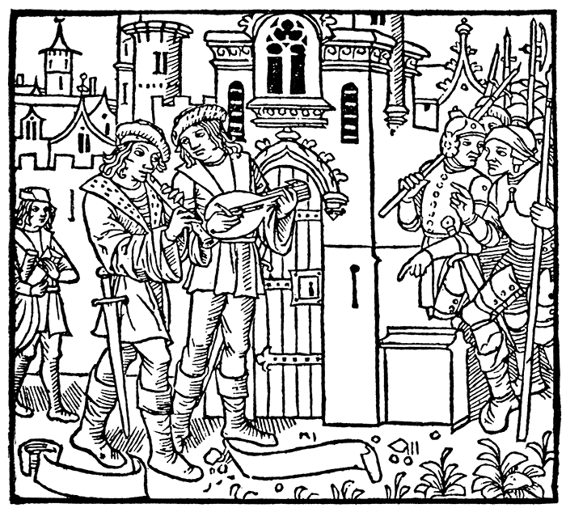
PREFACE.
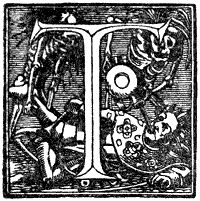
his book had its origin in the course of three (Cantor) Lectures given before the Society of Arts in 1889; they have been amplified and added to, and further chapters have been written, treating of the very active period in printing and decorative book-illustration we have seen since that time, as well as some remarks and suggestions touching the general principles and conditions governing the design of book pages and ornaments.
It is not nearly so complete or comprehensive as I could have wished, but there are natural limits to the bulk of a volume in the "Ex-Libris" series, and it has been only possible to carry on such a work in the intervals snatched from the absorbing work of designing. Within its own lines, however, I hope that if not exhaustive, the book may be found fairly representative of the chief historical and contemporary types of decorative book-illustration.
In the selection of the illustrations, I have endeavoured to draw the line between the purely graphic aim, on the one hand, and the ornamental aim on the otherbetween what I should term the art of pictorial statement and the art of decorative treatment; though there are many cases in which they are combined, as, indeed, in all the most complete book-pictures, they should be. My purpose has been to treat of illustrations which are also book-ornaments, so that purely graphic design, as such, unrelated to the type, and the conditions of the page, does not come within my scope.
As book-illustration pure and simple, however, has been treated of in this series by Mr. Joseph Pennell, whose selection is more from the graphic than the decorative point of view, the balance may be said to be adjusted as regards contemporary art.
I must offer my best thanks to Mr. Gleeson White, without whose most valuable help the book might never have been finished. He has allowed me to draw upon his remarkable collection of modern illustrated books for examples, and I am indebted to many artists for permission to use their illustrations, as well as to Messrs. George Allen, Bradbury, Agnew and Co., J. M. Dent and Co., Edmund Evans, Geddes and Co., Hacon and Ricketts (the Vale Press), John Lane, Lawrence and Bullen, Sampson Low and Co., Macmillan and Co., Elkin Mathews, Kegan Paul and Co., Walter Scott, Charles Scribner's Sons, and Virtue and Co., for their courtesy in giving me, in many cases, the use of the actual blocks.
To Mr. William Morris, who placed his beautiful collection of early printed books at my disposal, from which to choose illustrations; to Mr. Emery Walker for help in many ways; to Mr. John Calvert for permission to use some of his father's illustrations; and to Mr. A. W. Pollard who has lent me some of his early Italian examples, and has also supervised my bibliographical particulars, I desire to make my cordial acknowledgments.
WALTER CRANE.
Kensington : July 18th, 1896.
NOTE TO THIRD EDITION.
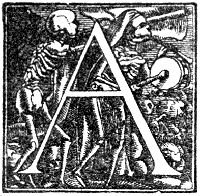
reprint of this book being called for, I take the opportunity of adding a few notes, chiefly to Chapter IV., which will be found further on with the numbers of the pages to which they refer.
As touching the general subject of the book one may, perhaps, be allowed to record with some satisfaction that the study of lettering, text-writing, and illumination is now seriously taken up in our craft-schools. The admirable teaching of Mr. Johnston of the Central School of Arts and Crafts and the Royal College of Art in this connection cannot be too highly spoken of. We have had, too, admirable work, in each kind, from Mr. Reuter, Mr. Mortimer, Mr. Treglown, Mr. Alan Vigers, Mr. Graily Hewitt, and Mr. A. E. R. Gill; and Mrs. Traguair and Miss Kingsford are remarkable for the beauty, delicacy, and invention of their work as illuminators among the artists who are now pursuing this beautiful branch of art.
So that the ancient crafts of the scribe and illuminator may be said to have again come to life, and this, taken in connection with the revival of printing as an art, is an interesting and significant fact.
As recent contributions to the study of lettering we have Mr. Lewis F. Day's recent book of Alphabets, and Mr. G. Woolliscroft Rhead's sheets for school use.
I have to deplore the loss of my former helper in this book, Mr. Gleeson White, since the work first appeared. His extensive knowledge of, and sympathy with the modern book illustrators of the younger generation was remarkable, and as a designer himself he showed considerable skill and taste in book-decoration, chiefly in the way of covers. As a most estimable and amiable character he will always be remembered by his friends.
WALTER CRANE.
Kensington : June, 1904.
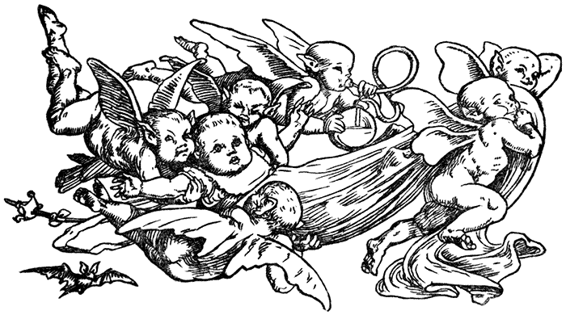
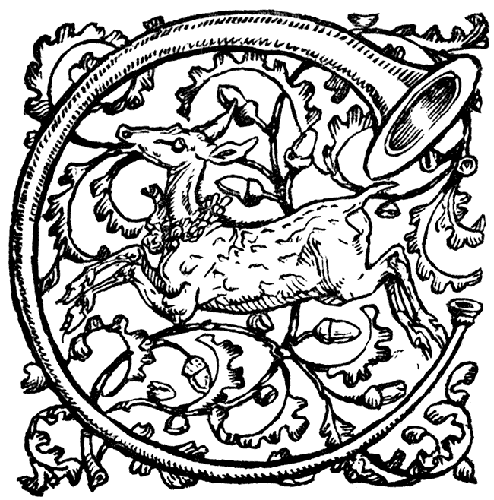
CHAPTER I. OF THE EVOLUTION OF THE ILLUSTRATIVE AND DECORATIVE IMPULSE FROM THE EARLIEST TIMES; AND OF THE FIRST PERIOD OF DECORATIVELY ILLUSTRATED BOOKS IN THE ILLUMINATED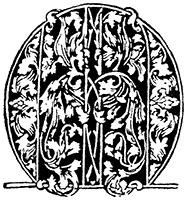 MSS. OF THE MIDDLE AGES.
MSS. OF THE MIDDLE AGES. y subject is a large one, and touches more intimately, perhaps, than other forms of art, both human thought and history, so that it would be extremely difficult to treat it exhaustively upon all its sides. I shall not attempt to deal with it from the historical or antiquarian points of view more than may be necessary to elucidate the artistic side, on which I propose chiefly to approach the question of design as applied to booksor, more strictly, the book pagewhich I shall hope to illustrate by reproductions of characteristic examples from different ages and countries.
I may, at least, claim to have been occupied, in a practical sense, with the subject more or less, as part of my work, both as a decorator and illustrator of books, for the greater part of my life, and such conclusions as I have arrived at are based upon the results of personal thought and experience, if they are also naturally coloured and influenced from the same sources.
All forms of art are so closely connected with life and thought, so bound up with human conditions, habits, and customs; so intimately and vividly do they reflect every phase and change of that unceasing movementthe ebb and flow of human progress amid the forces of nature we call historythat it is hardly possible even for the most careless stroller, taking any of the by-paths, not to be led insensibly to speculate on their hidden sources, and an origin perhaps common to them all.
The story of man is fossilized for us, as it were, or rather preserved, with all its semblance of life and colour, in art and books. The procession of history reaching far back into the obscurity of the forgotten or inarticulate past, is reflected, with all its movement, gold and colour, in the limpid stream of design, that mirror-like, paints each passing phase for us, and illustrates each act in the drama. In the language of line and of letters, of symbol and picture, each age writes its own story and character, as page after page is turned in the book of time. Here and there the continuity of the chapters is broken, a page is missing, a passage is obscure; there are breaks and fragmentsheroic torsos and limbs instead of whole figures. But more and more, by patient research, labour, and comparison, the voids are being filled up, until some day perhaps there will be no chasm of conjecture in which to plunge, but the volume of art and human history will be as clear as pen and pencil can make it, and only left for a present to continue, and a future to carry to a completion which is yet never complete.

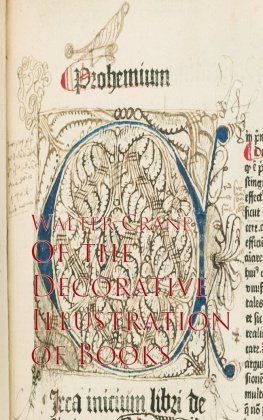
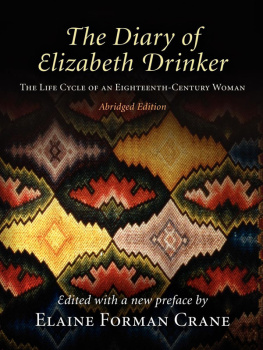

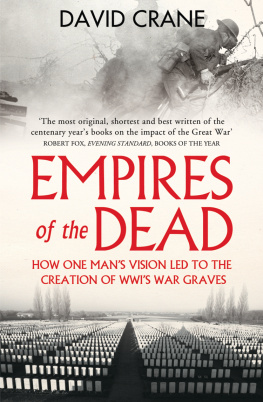

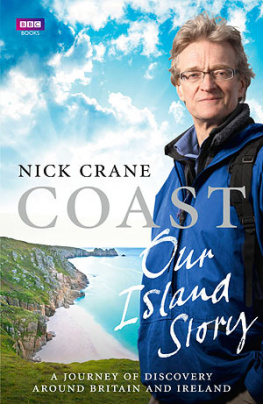
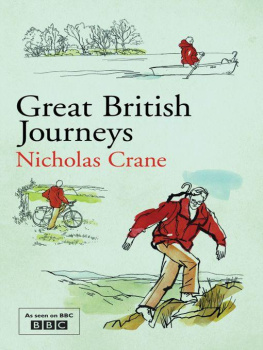
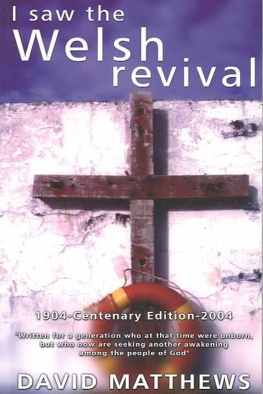
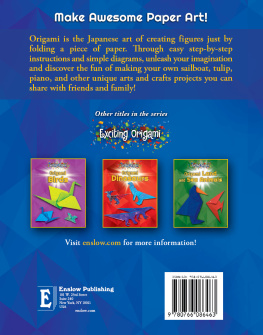
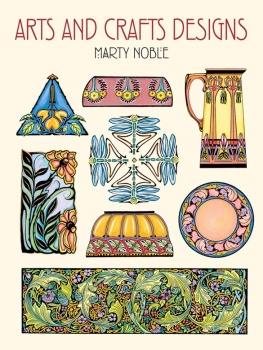



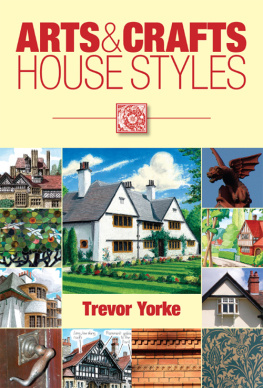
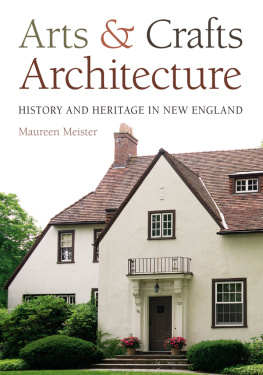
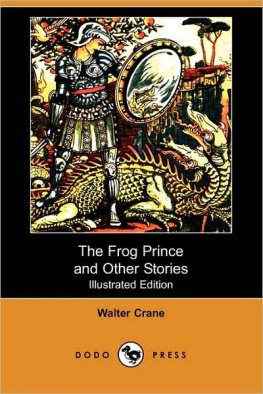
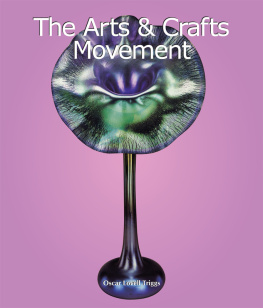






 MSS. OF THE MIDDLE AGES.
MSS. OF THE MIDDLE AGES.